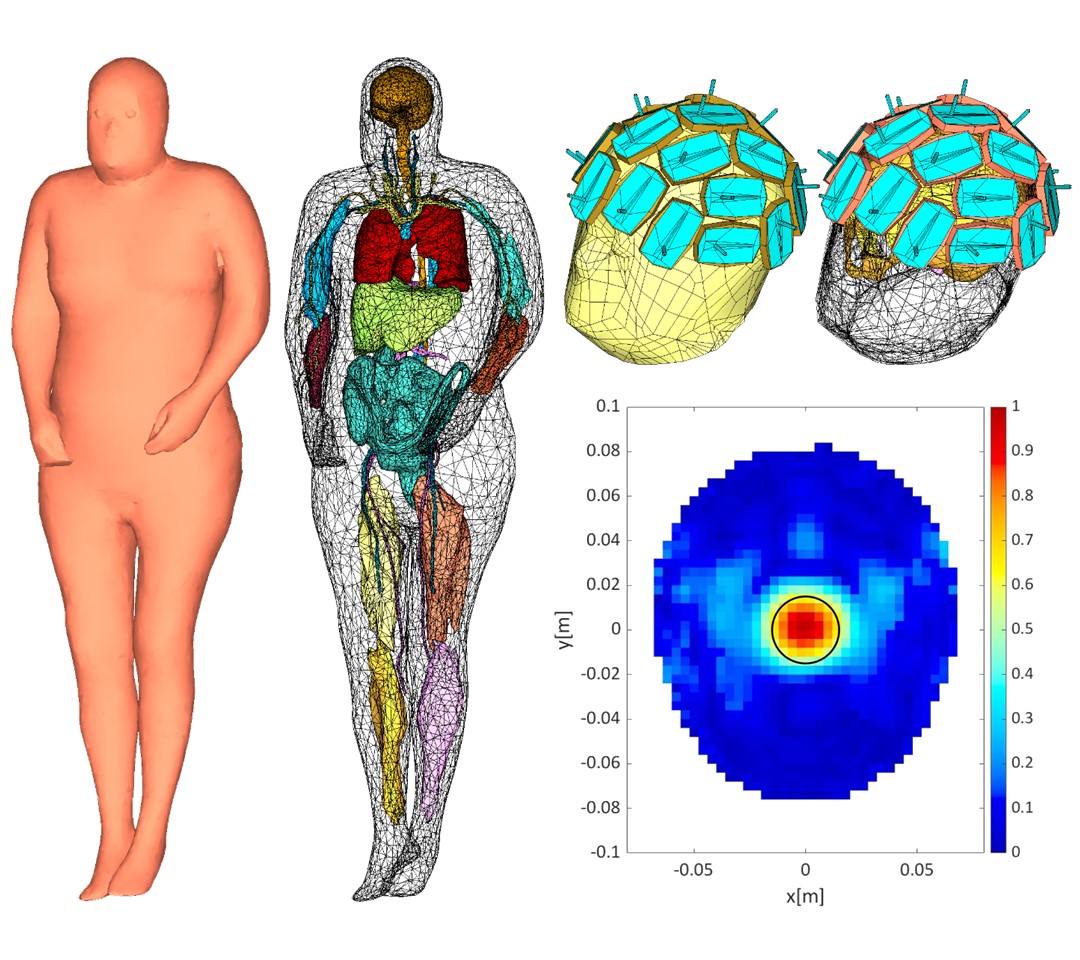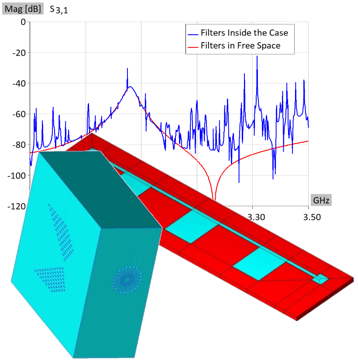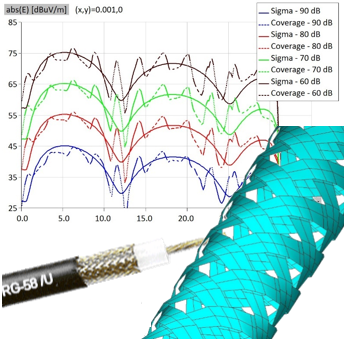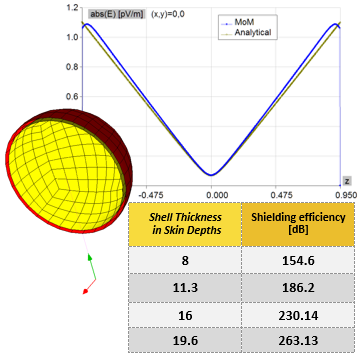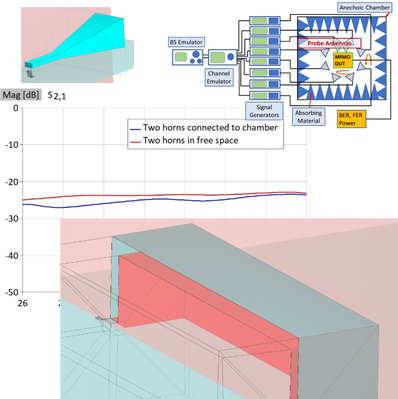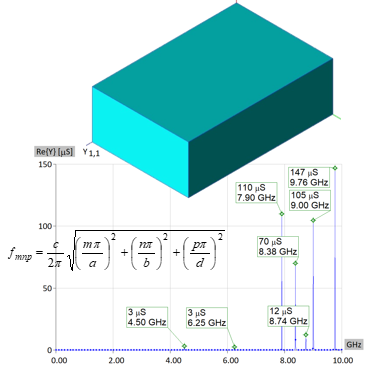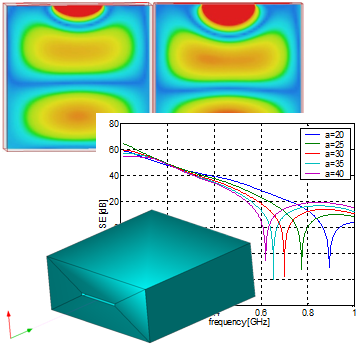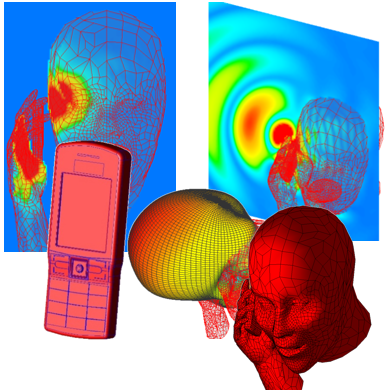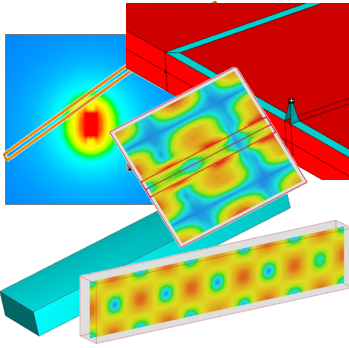Microwave Imaging Systems for Medical Applications
We have come up with a fully functional module developed on WIPL-D Pro 3D EM simulation environment for Microwave Imaging applications.
For such applications, the software provides flexibility in the use of STL files with the help of STL editor to develop anthropomorphic phantoms. It enables the user to analyze complexity of triangular mesh structures and allows to significantly reduce the computational requirement for the EM Simulation. For better accuracy and efficacy STL files with triangular mesh are converted to quadrilateral mesh. Further, to create the whole imaging scenario, an antenna system is developed with semi-automatic procedure. The automation system closely packages the antennas in the vicinity of the desired area of head, considering no intersection between the plates.
The imaging scenario is simulated at 1 GHz frequency. To understand the efficiency and accuracy of EM simulation, differential S parameters are inspected through direct approach (simulation result) and also with the help of transfer function of TSVD (Truncated Singular Value Decomposition) microwave imaging algorithm. Subsequently, simulated data for two different scenarios with and without stroke is used as input to the TSVD algorithm to detect and estimate the size and location of stroke for brain stroke application.


